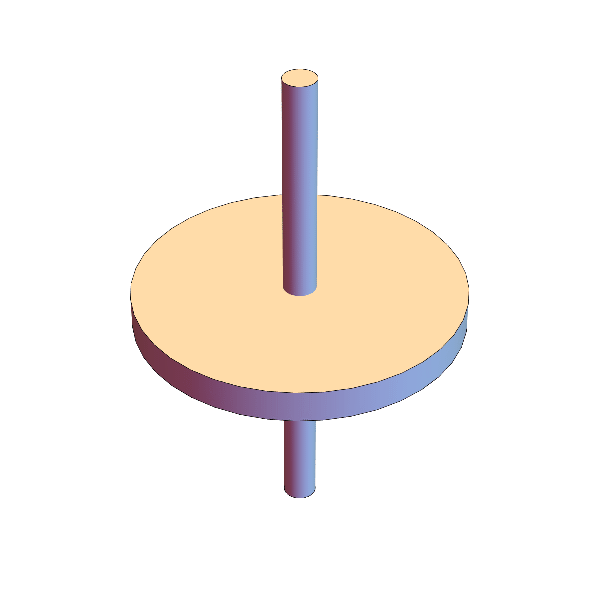Stationary electric charges generate radial electric fields, and electric fields push positive charges (and pull negative charges). Moving charges also generate circulating magnetic fields, and magnetic fields deflect moving charges perpendicular to both the fields and their motions. All of electromagnetism follows.
In particular, spin a conducting disk in a perpendicular magnetic field, and connect its axle to its circumference using a wire and two sliding contacts, as in the animation. The magnetic field deflects free changes in the disk radially, and they push other charges through the wire. This rotary electric generator converts mechanical motion into electrical current, which can heat the wire and toast bread.
Is the external magnetic field necessary? No! Bend the wire into circles just above and below disk, as in the animation. If the disk spins fast enough, the internal magnetic field of the charges moving in the wire deflects the charges in the disk, which then push the charges through the wire! This dynamo is the closest thing to perpetual motion in classical physics. It generates the magnetic fields of stars and planets, including Earth’s.



